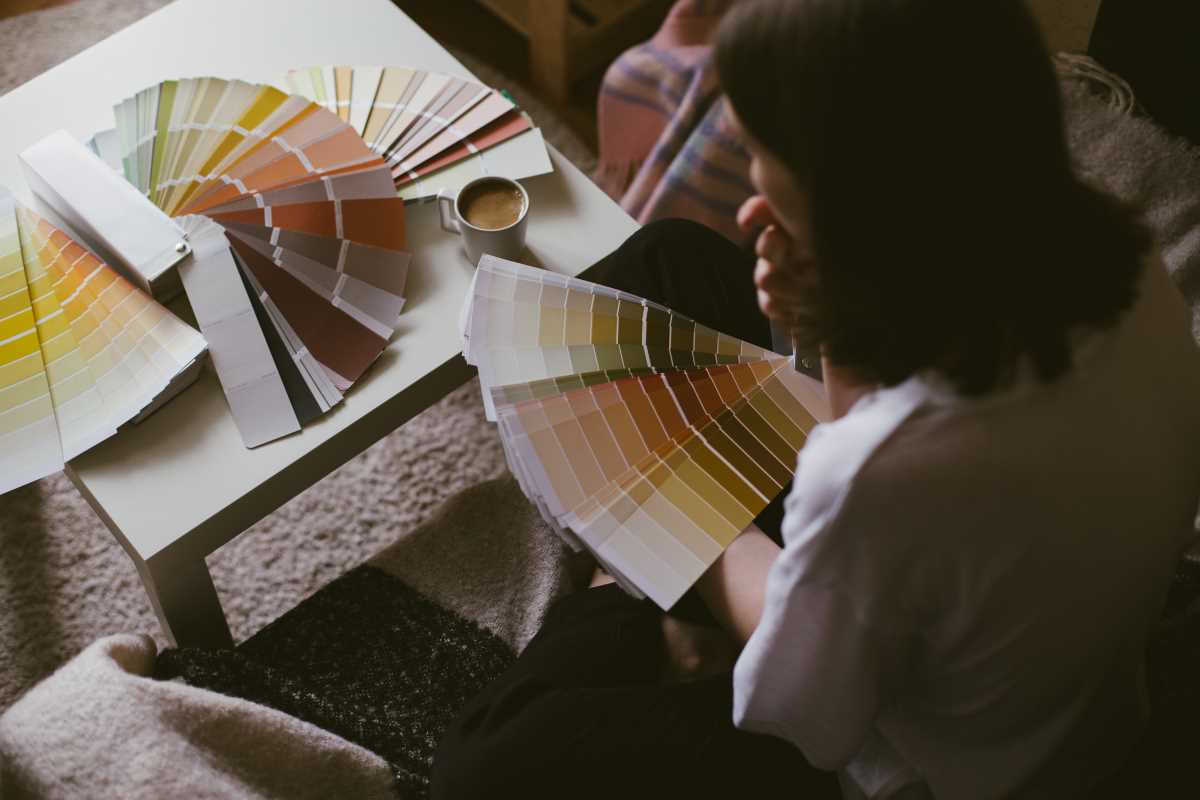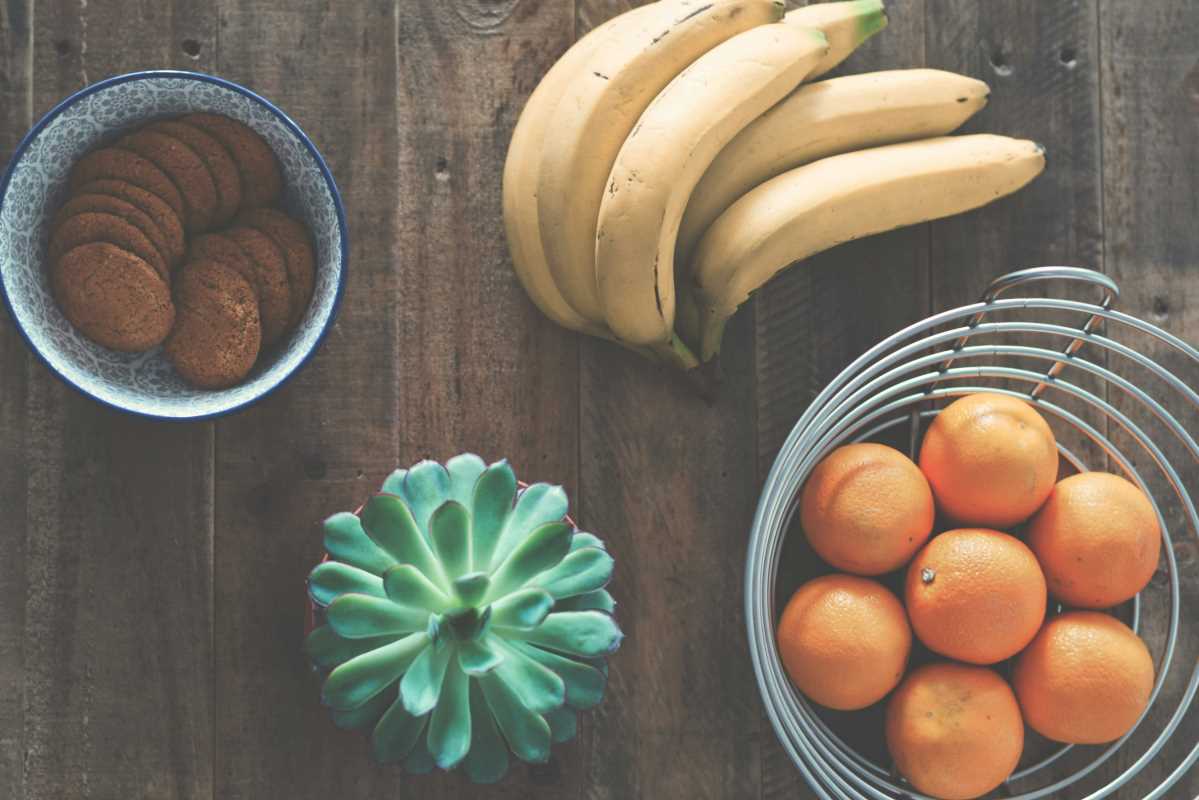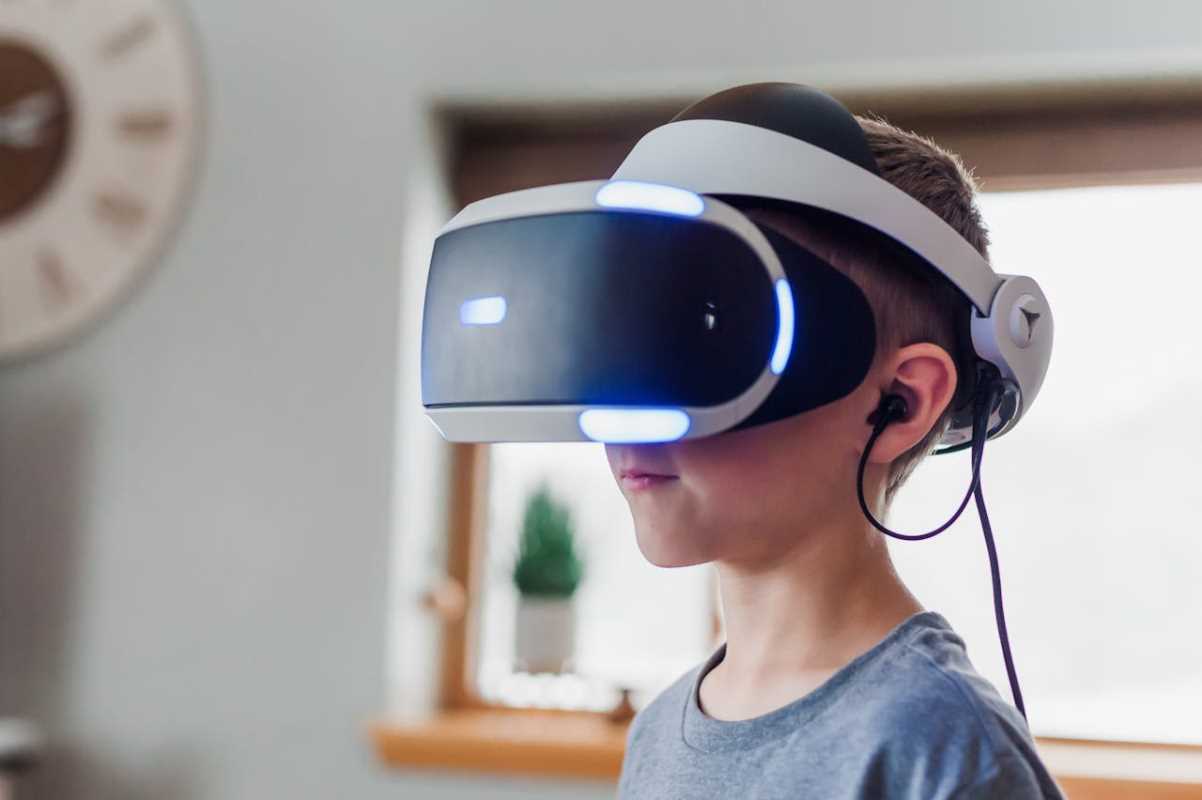The Pearl White Hyundai Tucson stands as a quintessential example of this philosophy, offering a compelling visual presence that belies its accessible price point. The pearlescent finish isn't merely a color choice, it's a statement of intent, transforming the vehicle's already striking silhouette into something that catches light in ways that demand second glances. As urban streets become increasingly populated with homogeneous vehicle designs, the distinctive shimmer of the Pearl White Tucson serves as a reminder that practical transportation need not sacrifice visual sophistication.
The psychology behind automotive color choices reveals fascinating insights into consumer preferences and manufacturer strategies. White vehicles have long symbolized purity and precision, but the addition of pearl effect elevates this symbolic language to incorporate elements of luxury and technological advancement. Hyundai's decision to offer the Tucson in Pearl White represents a strategic positioning within the market, acknowledging the growing consumer desire for vehicles that project success without ostentation. This particular finish creates a dynamic canvas upon which the Tucson's parametric design elements can play with light and shadow, creating visual interest that changes subtly depending on viewing angle and environmental conditions. The effect transforms what could be an ordinary commute into a procession of shifting reflections that connect driver to vehicle on an aesthetic level.
Beyond pure aesthetics, the Pearl White finish offers practical advantages that extend beyond mere visual appeal. Studies have consistently demonstrated that white vehicles maintain lower interior temperatures in sunny conditions compared to darker-colored counterparts, a particularly valuable attribute for the Tucson's target demographic of active families and urban professionals. Additionally, the reflective quality of the pearl finish makes the vehicle more visible in low-light conditions, potentially contributing to safety without resorting to garish high-visibility colors that might compromise sophistication. The finish also proves remarkably effective at disguising minor dust accumulation between washes, maintaining the vehicle's presentable appearance even during demanding usage cycles.
What elevates the Pearl White Tucson beyond mere transportation appliance is how the exterior finish complements the vehicle's overall design philosophy. Hyundai's designers have embraced what they term "sensuous sportiness", a design language that balances emotional appeal with rational functionality. The pearl finish accentuates the Tucson's distinctive parametric grille when illuminated, creating an almost architectural façade that distinguishes it in a crowded segment. When this is combined with the vehicle's angular wheel arches, distinctive daylight running lights, and precisely creased body panels, the Pearl White finish serves not as a mere covering but as an integral component of the design statement. It transforms what might otherwise be considered aggressive styling cues into something more sophisticated and approachable.
The interior experience of the Pearl White Tucson demonstrates thoughtful consideration of how external aesthetics influence cabin ambiance. Light reflected from the pearl exterior creates a bright, airy quality within the cabin that enhances the perception of spaciousness. This effect is particularly pronounced in models featuring panoramic sunroofs, where the interplay between external finish and natural light transforms the interior into a space that feels both protective and connected to the surrounding environment. Hyundai's designers have wisely complemented these qualities with interior color schemes and materials that harmonize with the pearl exterior, creating a cohesive design experience that feels intentional rather than coincidental. The result is a vehicle that delivers a premium sensory experience without the premium price tag.
The Technical Marvel Behind the Pearl
The creation of automotive pearl white finishes represents a fascinating intersection of chemistry, materials science, and artistic sensibility. Unlike conventional solid white paints, pearl finishes incorporate microscopic ceramic crystals, typically mica or aluminum oxide platelets coated with metal oxides, that reflect light in different directions simultaneously. This multi-dimensionality is achieved through a sophisticated three-layer application process: a base coat that provides fundamental adhesion and color foundation, a translucent middle layer containing the reflective particles, and a protective clear coat that both shields the finish and enhances its visual depth.
Hyundai's specific formulation for the Tucson's Pearl White, sometimes marketed as Crystal White or Quartz White depending on the market, represents a proprietary blend calibrated to maintain its visual integrity under diverse environmental conditions. The precise ratio of reflective particles to carrier solution dramatically affects the finish's appearance, with Hyundai's engineers striking a careful balance that avoids both the excessive sparkle associated with cheaper pearlescent finishes and the flat appearance of basic white paints. The resulting finish exhibits subtle color shifts that might include barely perceptible hints of blue, silver, or champagne depending on lighting conditions, creating a sophisticated chromatic complexity.
The application process for pearl finishes requires significantly more precision than conventional automotive paints, with controlled environment spray booths maintaining exact temperature and humidity levels to ensure consistent results. Each Tucson receiving this finish undergoes meticulous preparation processes including multiple sanding stages and specialized primers designed to maximize adhesion and visual depth. Following application, the curing process incorporates precisely calibrated infrared radiation to ensure the ceramic particles align optimally within the paint matrix, maximizing both durability and visual effect. This technical sophistication translates directly to the consumer experience through a finish that continues to impress long after the initial purchase.
The durability of the Pearl White finish represents another area where technical excellence translates to practical benefit for Tucson owners. The incorporation of ceramic particles creates a finish that proves remarkably resistant to ultraviolet radiation, the primary culprit behind paint degradation and fading. Additionally, the thick clear coat layer provides enhanced protection against environmental contaminants ranging from acid rain to bird droppings, both of which can quickly damage lesser finishes. While no automotive paint can claim invulnerability to scratches, the multi-layer construction of the pearl finish makes minor surface imperfections less visually apparent than they would be on solid colors or metallic finishes.
Maintaining the distinctive appearance of a Pearl White Tucson requires understanding its unique characteristics. Unlike conventional paints that can be adequately maintained with standard washing approaches, pearl finishes benefit from specific care regimens that preserve their dimensional appearance. Owners discover that pH-neutral shampoos, microfiber washing mitts, and proper drying techniques prevent the microscopic scratching that can diminish the finish's reflective properties over time. For those willing to invest additional effort, specialized ceramic coatings can enhance both the visual impact and longevity of the pearl finish, amplifying the very qualities that made it attractive during the initial purchase decision.
Design Integration Beyond Color
- The Pearl White finish accentuates the Tucson's distinctive parametric jewel pattern grille through contrast enhancement, creating a signature face that's recognizable day or night
- Front and rear light signatures become more pronounced against the white background, emphasizing the vehicle's technological sophistication through illumination design
- Body sculpting that might appear excessive or busy in darker colors achieves perfect visual balance in pearl white, where light creates natural highlights that complement rather than compete with design lines
- The finish creates a visually expansive effect that emphasizes the vehicle's proportions while minimizing visual weight, contributing to a more premium perceived value
- Wheel designs appear more distinctive against the bright backdrop, allowing darker or two-tone wheel options to create stronger visual anchoring points
 (Image via
(Image via




.jpg)
